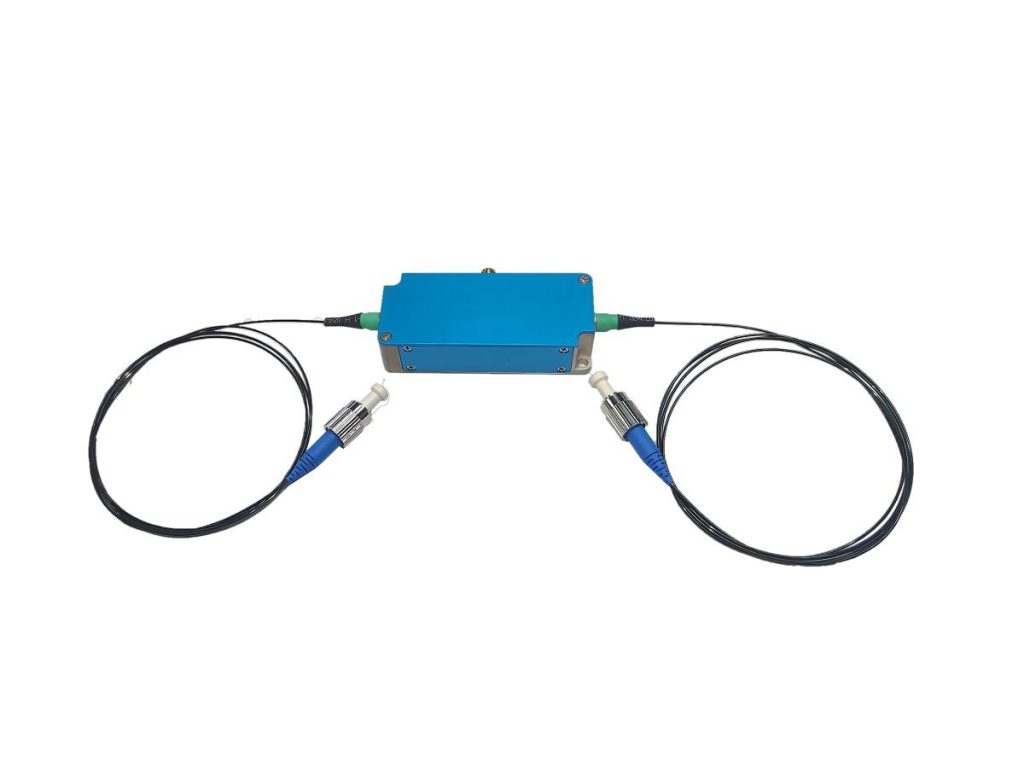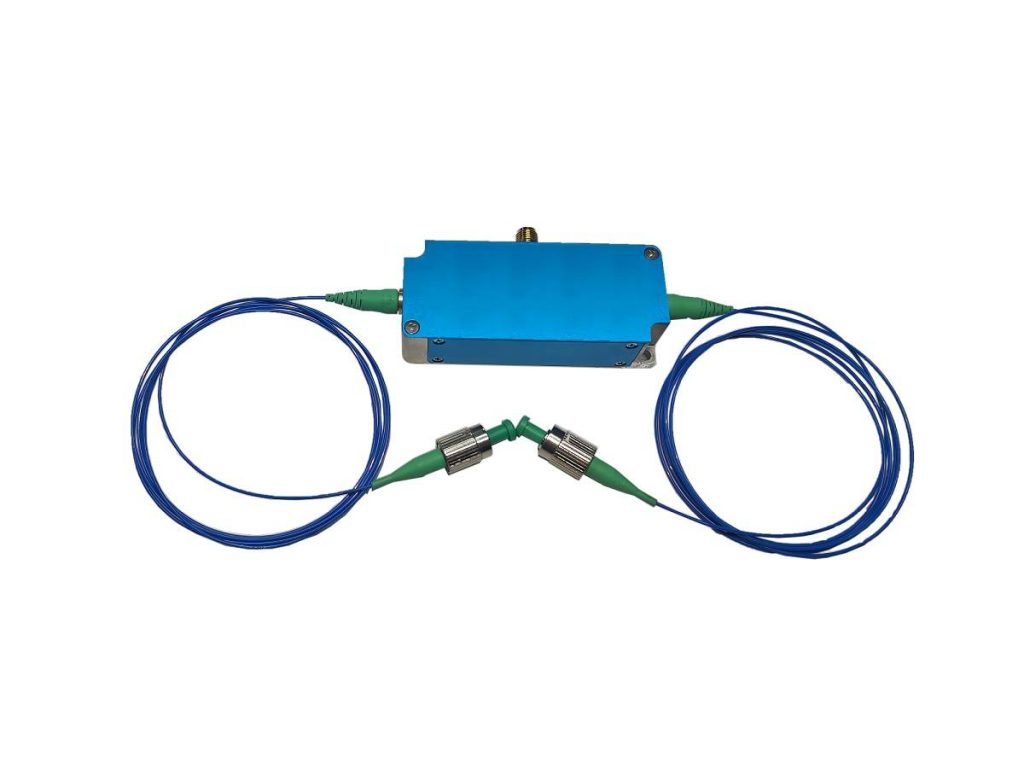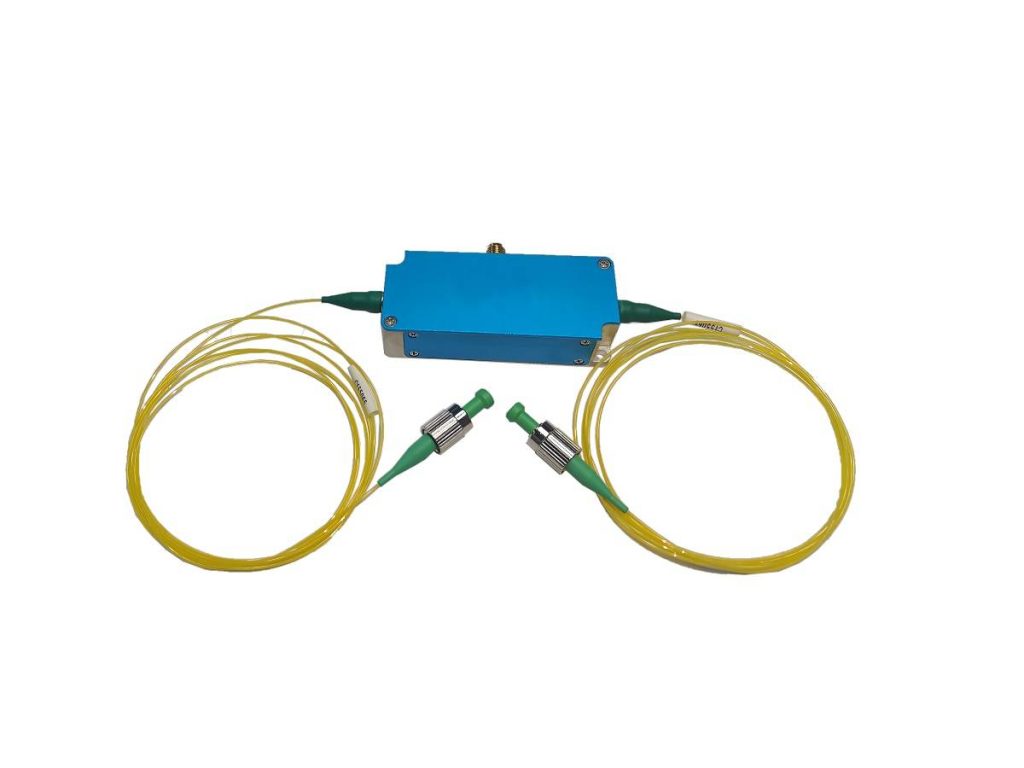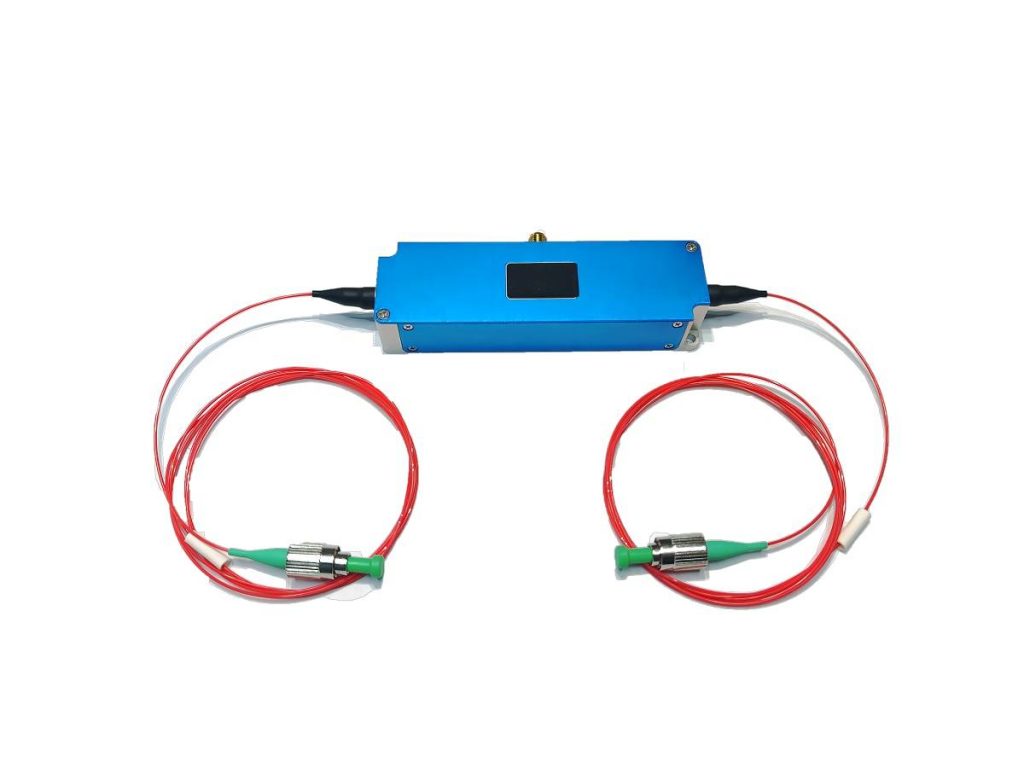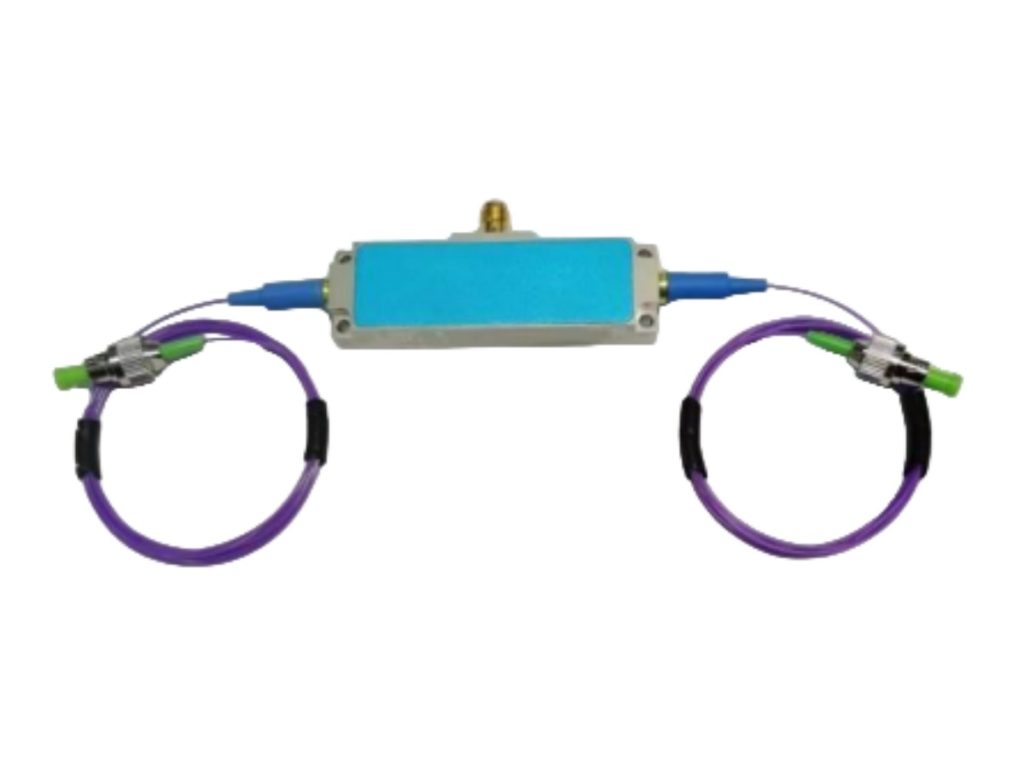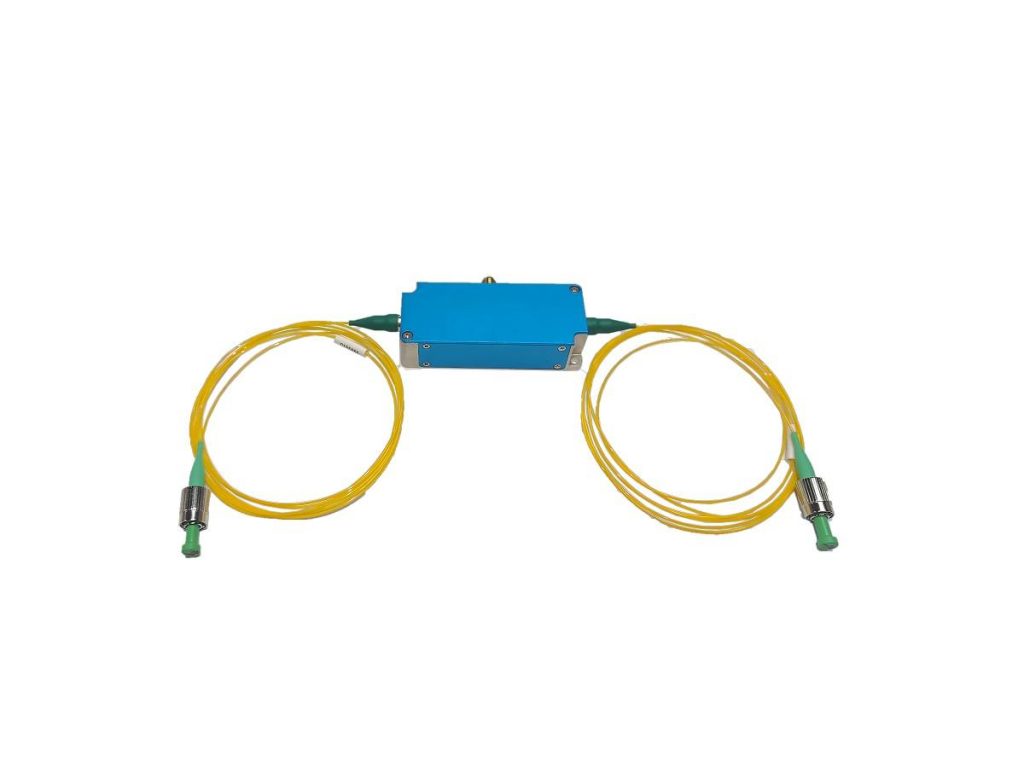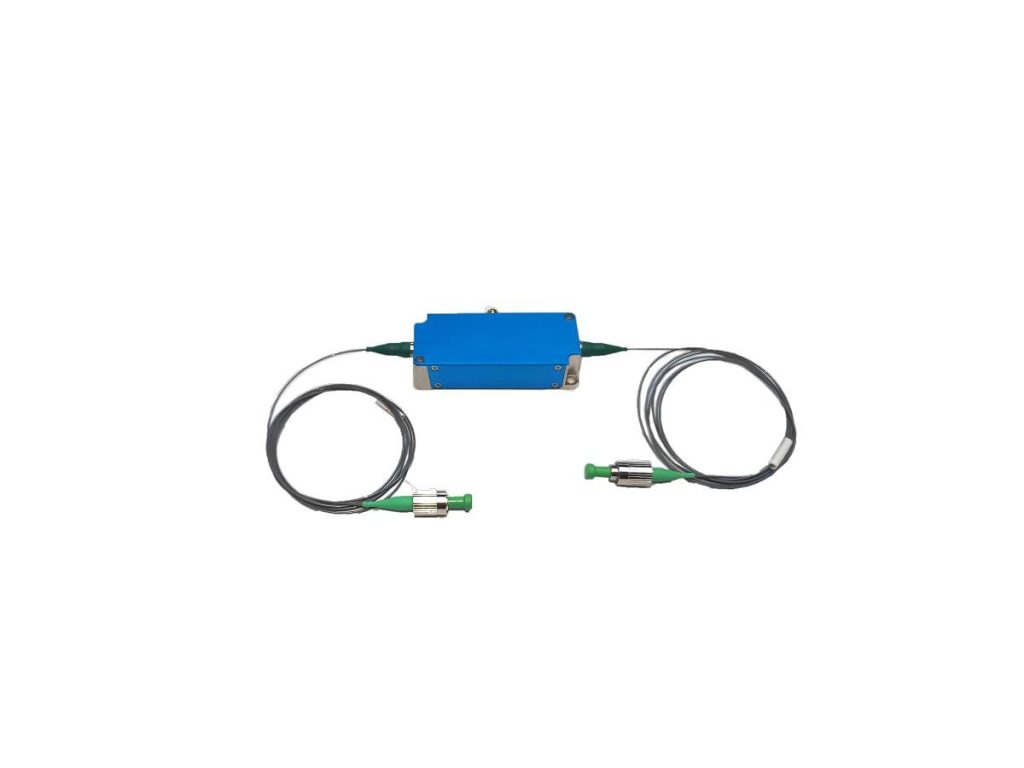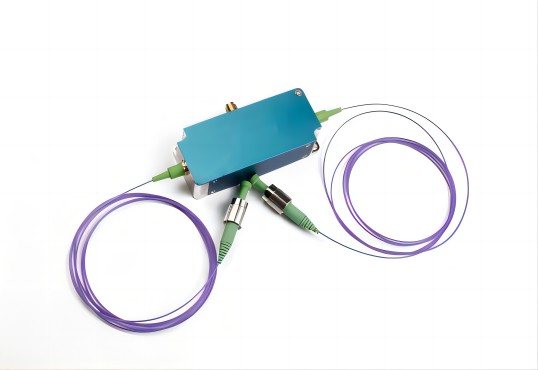How Acousto Optic Frequency Shifters (AOFS) Work?
An acousto optic frequency shifter (AOFS) is a device that alters the frequency of a light beam using the principle of the Doppler effect. This technology plays a crucial role in various fields, including laser beam modulation, interferometry, and signal processing. This article delves into the inner workings of AOFS, explaining how light and sound interact to achieve frequency manipulation.
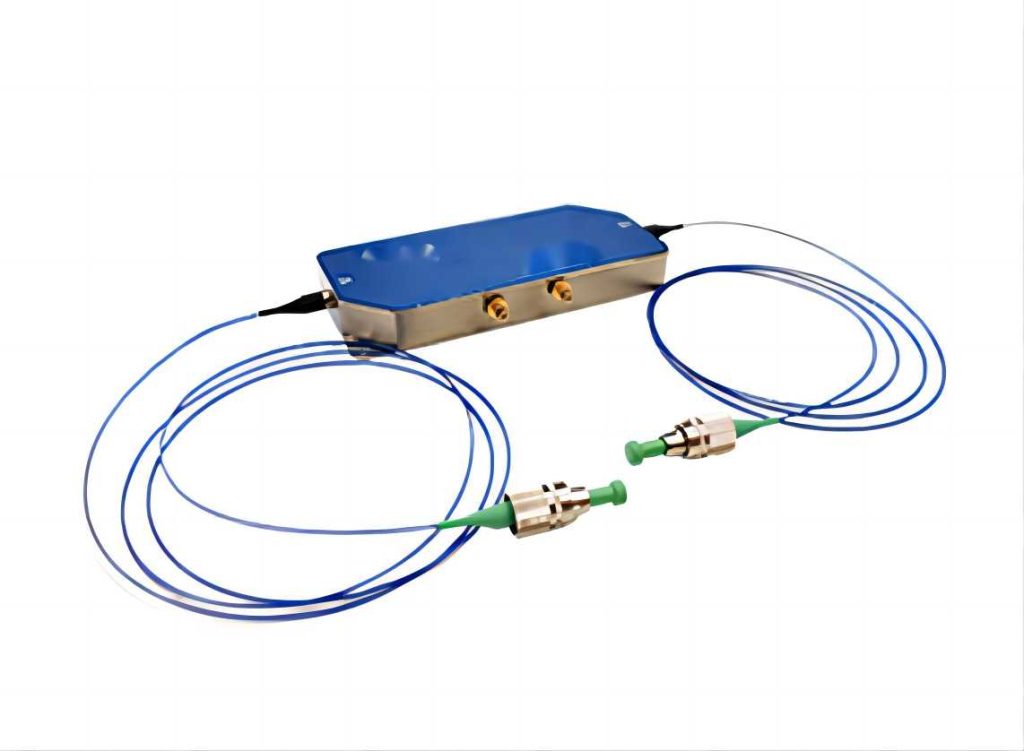
What is an Acousto-Optic Frequency Shifter?
An AOFS is a solid-state device that utilizes the interaction between light and sound waves to modify the frequency of an optical beam. It achieves this by creating a moving refractive index grating within a specific crystal material. The refractive index represents a material’s ability to bend light, and a grating is a structured pattern that causes light to diffract, or change direction.
The core principle behind AOFS operation is the Doppler effect. This effect describes how the perceived frequency of a wave changes when there is relative motion between the wave source and the observer. In the case of AOFS, the light acts as the wave, and the moving refractive index grating serves as the observer.
What is the Core Functionality of Acousto-Optic Frequency Shifters?
An Acousto-Optic Frequency Shifter (AOFS) relies on two crucial processes to achieve frequency manipulation: light-sound interaction and light diffraction. Let’s delve deeper into these processes:
1. Light-Sound Interaction
Acoustic Wave Generation: The AOFS utilizes a piezoelectric transducer. This is a device specifically designed to convert electrical signals into mechanical vibrations. The transducer is securely bonded to the surface of a precisely chosen crystal material. Common choices for these crystals include tellurium dioxide (TeO2) and silica due to their favorable properties for this application.
When an electrical radio frequency (RF) signal is applied to the transducer’s electrodes, it causes the material to physically vibrate at the same frequency as the electrical signal. These vibrations travel through the crystal as an acoustic wave. The specific frequency of the acoustic wave directly corresponds to the frequency of the applied RF signal.
Moving Refractive Index Grating: The passage of the acoustic wave through the crystal lattice is not uniform. It creates alternating regions of compression and rarefaction within the crystal structure. These variations in density directly affect the refractive index of the material at each point. The refractive index is a property that determines how much light bends as it travels through the material.
As a result of the acoustic wave, a spatially periodic pattern of varying refractive index is established within the crystal. This essentially creates a dynamic diffraction grating. The spacing of this grating, which is the distance between regions of peak refractive index variation, is directly related to the wavelength of the acoustic wave.
2. Light Diffraction
Light-Grating Interaction: A precisely collimated (perfectly parallel) beam of light is directed through the crystal containing the moving refractive index grating. As the light wavefront encounters this dynamic grating, it interacts with the regions of varying refractive index. Light experiences a phase shift as it traverses through regions with different refractive indices. A phase shift refers to a slight delay introduced in the wavefront of the light compared to its original state.
Bragg Diffraction: A crucial phenomenon called Bragg diffraction comes into play when a specific condition is met. This condition relates the spacing of the refractive index grating (determined by the acoustic wave properties) and the wavelength of the incident light. When this specific mathematical relationship, known as Bragg’s law, is satisfied, a significant portion of the light is diffracted into specific directions.
In simpler terms, under Bragg diffraction, the light scatters off the moving refractive index grating in a very specific way. This specific scattering depends on the alignment of the grating and the wavelength of the light. It’s important to note that not all the light gets diffracted. A certain portion of the light beam will continue to travel through the crystal without being affected (known as the transmitted light).
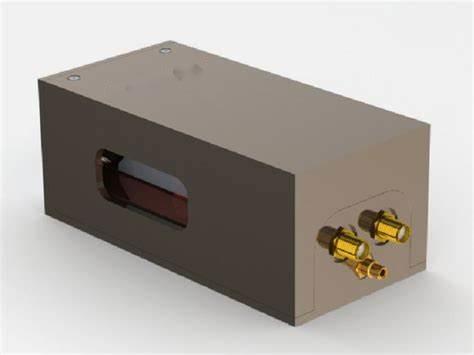
The Doppler Effect in AOFS and Frequency Shifting
The key to frequency manipulation in AOFS lies in the interaction between the moving refractive index grating and the light beam. Here’s how the Doppler effect comes into play:
Doppler Effect for Light: Similar to the classic Doppler effect for sound waves, when a light source and an observer are in relative motion, the observer perceives a shift in the frequency of the light. In the context of AOFS, the moving refractive index grating acts as a moving observer relative to the incoming light beam.
Frequency Shift Calculation: Due to the relative motion between the light and the grating, the diffracted light experiences a shift in its frequency. The magnitude of this shift is directly proportional to the frequency of the acoustic wave and inversely proportional to the light’s original wavelength. The mathematical expression for the frequency shift (Δν) is:
Δν = ± (2 * ν_a * v / λ)
where:
- Δν is the frequency shift of the diffracted light.
- ν_a is the frequency of the acoustic wave.
- v is the acoustic wave velocity in the crystal material.
- λ is the wavelength of the incident light.
The positive sign (+) corresponds to an up-shift in frequency (higher frequency), and the negative sign (-) corresponds to a down-shift (lower frequency). This allows the AOFS to achieve both up-conversion and down-conversion of the light frequency based on the applied RF signal.
Applications of Acousto-Optic Frequency Shifters
Acousto-optic frequency shifters find applications in various fields due to their ability to precisely control the frequency of light beams. Here are a few examples:
- Interferometry: AOFS can be used to adjust the path length difference between two interfering light beams in interferometers, enabling high-precision measurements of length, displacement, and refractive index.
- Laser Beam Modulation: AOFS can be employed to modulate the intensity of a laser beam by varying the intensity of the acoustic wave. This allows for the creation of high-bandwidth optical signals for applications in telecommunications and signal processing.
- Spectrum Analysis: AOFS can be used to analyze the spectral content of a light beam. By diffracting the light with an AOFS driven by a tunable RF signal, different wavelengths within the beam can be selectively diffracted, allowing for the creation of a tunable optical filter.
- Optical Signal Processing: AOFS devices can be used for various optical signal processing functions like pulse shaping, wavelength routing, and mode conversion, enabling the manipulation of light pulses for advanced optical communication systems.
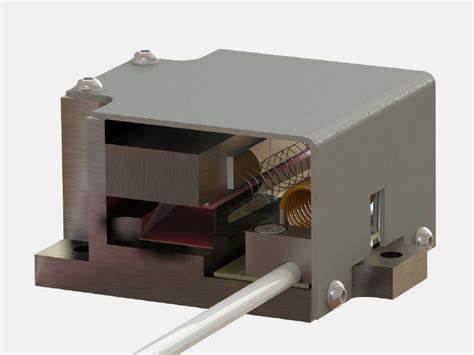
Conclusion
Acousto-optic frequency shifters (AOFS) offer a remarkable and versatile technique for manipulating the frequency of light beams. By harnessing the controlled interaction between sound waves and the refractive index of a carefully chosen crystal, AOFS enables precise control over light frequency. This makes them valuable tools in various scientific and technological applications, including interferometry, laser beam modulation, spectrum analysis, and optical signal processing.

